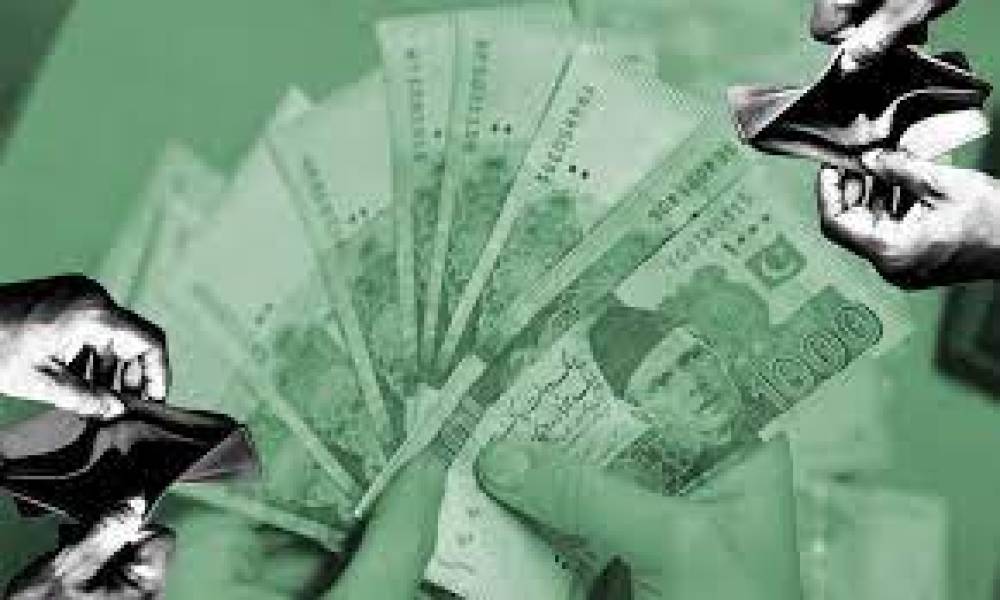
Pakistan is a country that is always in some turmoil when it comes to its economy of it. Essay writers in Pakistan have gone through piles of data to gather information about the economic state of Pakistan.
Devaluation of Pakistan Currency
Because of the predicament with the balance of payments, the Pakistani currency has depreciated by more than 30 % in seven months. This is something that is quite easy to detect. As measured against one dollar in US currency, the value of one rupee just reached 138. In the course of the preceding calendar year, the Stock Exchange of Pakistan had fallen from its position as the marketplace with the greatest performance in Asia to its current position as the market with the poorest performance anywhere in the globe.
The deficit in current accounts at the conclusion of the most recent fiscal year was equal to $18 billion. . Another trillion rupees' worth of debt is owed to circular creditors by the government. In light of the size of these figures, Pakistan is left with little choice but to approach the International Monetary Fund (IMF) to get yet another bailout program.
Pakistan has made substantial progress in reducing poverty well over the course of the previous 2 decades, but the country's human development results have fallen behind, and income growth has stayed erratic and sluggish. About 47 million Pakistanis were able to lift themselves out of poverty between 2001 and 2018, thanks to a rise in migration and accompanying remittances, as well as a broadening of economic options outside of farming.
Human capital results have remained low and stable, with elevated amounts of malnutrition at 38 percent and educational deprivation at 75 percent. This is despite the substantial decrease in poverty that has taken place.
Pakistan's Economy at a Risk of Collapse
It is anticipated that the economy of Pakistan will expand by barely 2 percent during the current fiscal year, which will finish in June 2023. In accordance with the Pakistan Development Update: Inflation and the Poor that the World Bank published in October 2022, the declining trend will be a reflection of the harm and breakdowns that were induced by severe flooding, a tightening monetary viewpoint, rampant inflation, and a lesser amenable global environment. The economy is expected to slowly begin recovering, with real GDP expansion reaching 3.2 percent by the end of the fiscal year 2024.
As a result of the recent floods, the poverty level in the areas that were impacted the worst is likely to worsen. The provisional estimates suggest that, in the absence of definitive recovery and relief efforts to help the less fortunate, the national poverty rate may boost by 2.5 to 4 percentage points, which would increase to between 5.8 and 9 million people living in poverty. This would result from a rise in the number of people living in poverty. A huge current account deficit, a high level of public debt, and a decrease in demand from Pakistan's conventional export industries all contribute to the country's high level of exposure to the country's macroeconomic vulnerabilities, which remain strong despite the slowdown in the global economy.

